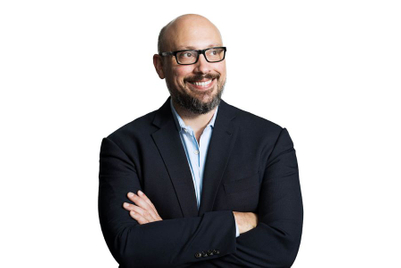
Women generally earn less at larger companies because average salaries tend to be higher at large firms than at smaller ones and big-company culture tends to place less value on equality and camaraderie, said Karin Clarke, Asia regional director at Font.
Font conducted its annual salary survey over the 12 months preceding 1 October in Hong Kong, Malaysia, New Zealand and Singapore. In total, 4,350 people participated across four sectors, including advertising, marketing, creative services and multimedia. Results derive from real-time data from Font’s online salary portal.
Malaysia
Men and women generally received equal pay in small companies in Malaysia’s creative industry, but large corporations paid men an average of 27 per cent more than women.
Overall, women earned 10 per cent less across all sectors with a significant discrepancy of 31 per cent in advertising.
However, salary equality has improved in general, compared to 2012 when men were paid 18.8 per cent more, according to a a study last year.
Although an average salary for women with more than nine years of experience was 9 per cent higher, men with 16 to 20 years of experience earned much more.
Women would leave their jobs for a 10 per cent pay increase while men would only settle for a 16.7 per cent increase. Particularly, men in the marketing sector would jump ship for an extra MYR20,000 (US$6,092) per annum, but women would ask for just MYR10,000 (US$3,046) per annum.
Differences in work-life balance are largely behind the disparity. “Women are faced with a lot of pressure beyond the workplace, in caring for their children, parents and in-laws,” said Clarke. “Rather than a higher salary, many women are looking for roles that will allow them to fulfil both duties.”
Singapore
Overall, average salaries declined across almost all sectors and job functions over the past 12 months.
Small companies in the creative, digital and marketing industries showed greater salary equality, but men still earned 10 per cent more in medium companies and 15 per cent more in large companies.
Women simply settle for less. They would leave their jobs for an average 13 per cent salary increase compared to men, who looked for a 17 per cent bump.
New Zealand
Marketing managers enjoyed the largest pay rise compared to last year, with women jumping 9 per cent to a median salary of US$80,874, and men bounding 24 per cent to US$91,558.
However, New Zealand showed the greatest gender disparity compared to the other three surveyed markets.
Men earned 44 per cent more (US$18,891) than women in small business, 23 per cent more (US$12,321) in medium-sized companies and 18 per cent more (US$10,678) in large corporate organisations.
Men dominated in advertising, earning 37 per cent more than women in large companies and 40 per cent more in the first year of employment. Top-level male executives who left large creative agencies to set up their own businesses earned significantly more.
Overall, female workers (at US$40,852) might earn a slightly higher salary than men (at US$36,951) after graduation, but that changed after five years when men surged 19 per cent ahead of women. Greater pay parity only surfaced after 16 to 20 years of experience.
Jacqui Barratt, the managing director at Font, pointed out woman need to start valuing their contribution better and ask for more.
“Men have no issue with negotiating more and when they get a pay rise they feel it’s well deserved,” she said. “However when women get a pay rise they feel very thankful. I believe women are their own worst enemies - we need to be more confident in our abilities and value what we deliver.”
Hong Kong
As an outlier, Hong Kong women with nine or more years of experience earned much more (at US$77,367) than men (US$67,696) in creative industries, even though men generally earned 22 per cent more in advertising and 23 per cent more in marketing.
Also, women would leave their jobs for a 15 per cent pay rise, while men would settle for 13 per cent.
“This speaks to their insatiable drive, as well as the family situation,” said Clarke. “Families in Hong Kong tend to be smaller, and career women are not forced to choose between raising children and climbing the corporate ladder.”
However, reflecting an Asia-wide trend for pay parity, women in large advertising companies still earned less than men, with an annual salary of US$30,949, compared to guys’ US$75,439 per annum, but smaller advertising agencies paid women more than men (US$40,621 compared to US$30,949 per annum).



.jpg&h=334&w=500&q=100&v=20250320&c=1)


.png&h=334&w=500&q=100&v=20250320&c=1)

.jpg&h=334&w=500&q=100&v=20250320&c=1)
.png&h=334&w=500&q=100&v=20250320&c=1)
.png&h=334&w=500&q=100&v=20250320&c=1)

.png&h=334&w=500&q=100&v=20250320&c=1)
.jpg&h=268&w=401&q=100&v=20250320&c=1)






.png&h=268&w=401&q=100&v=20250320&c=1)